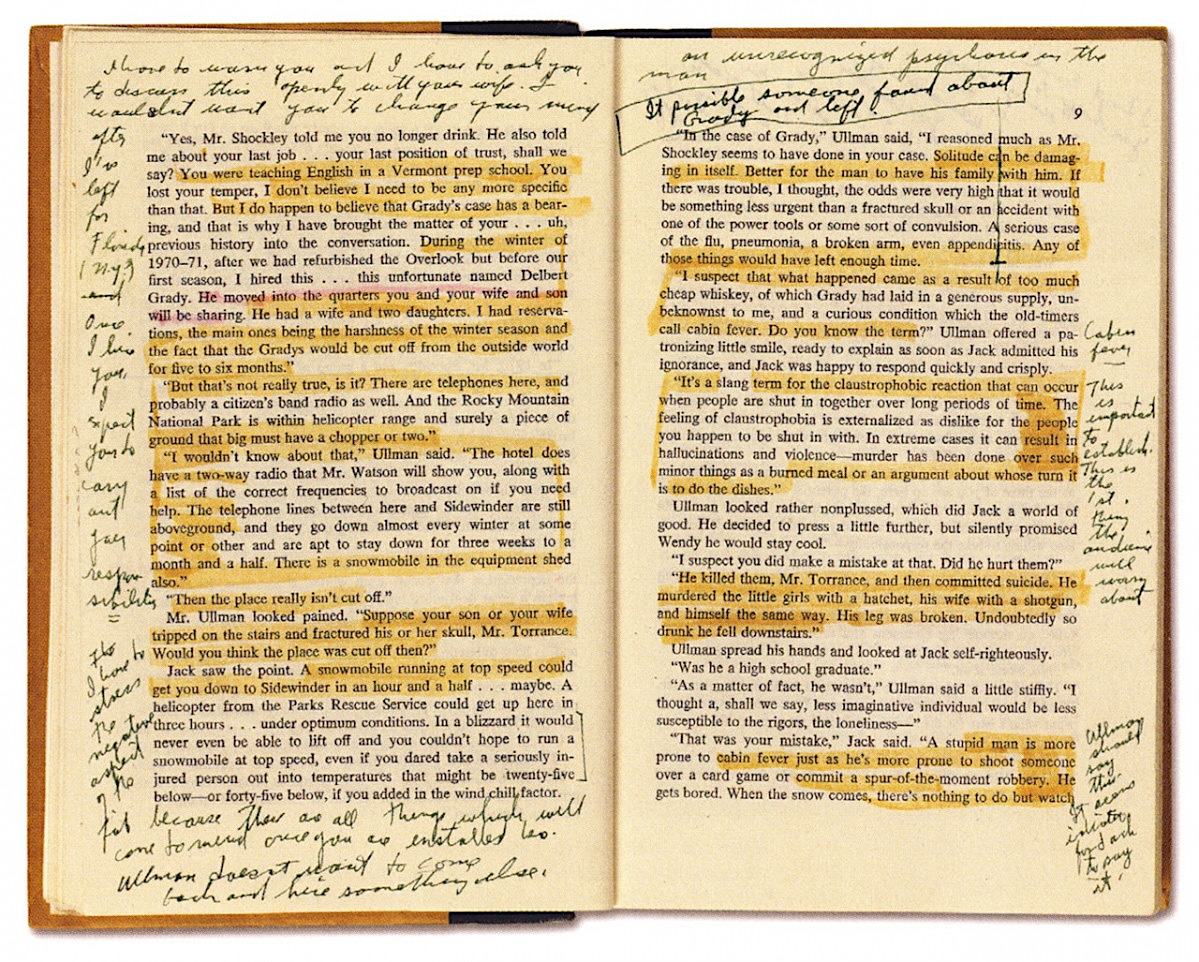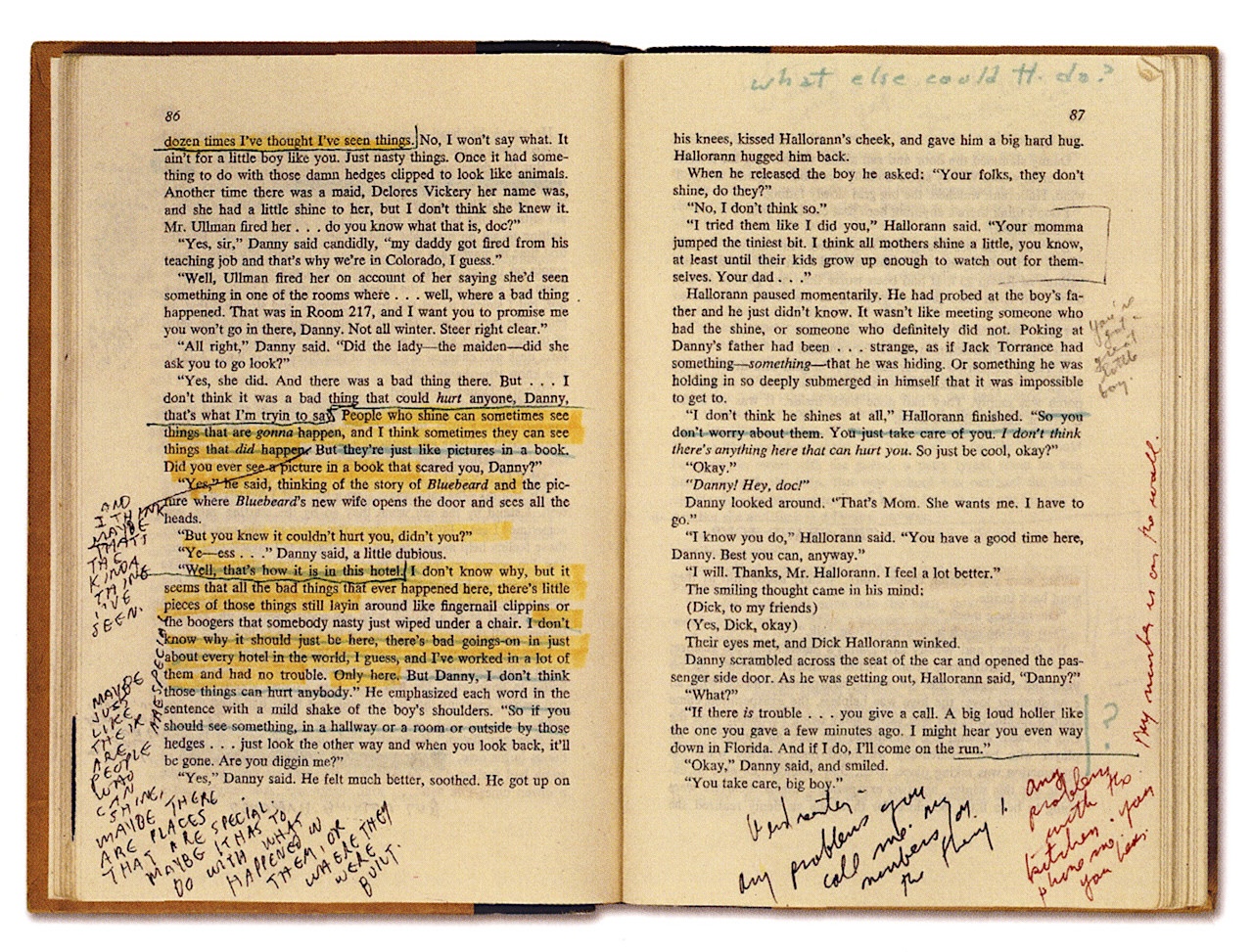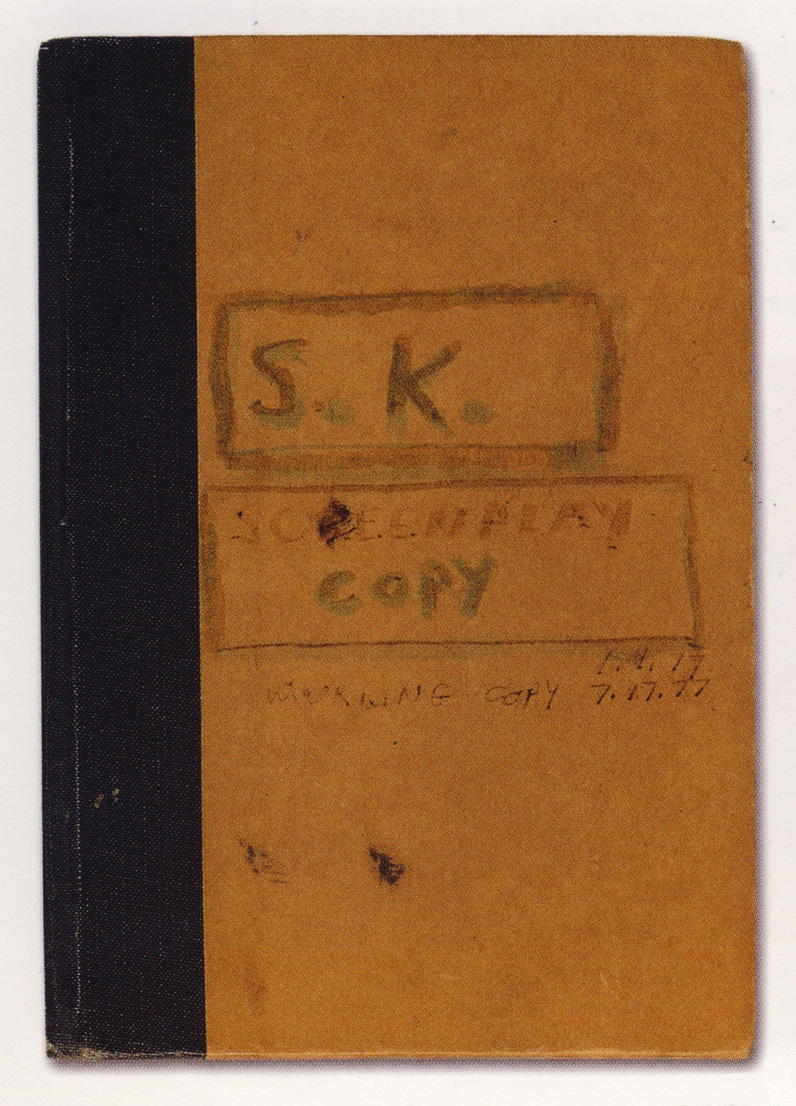[Most Recent Entries] [Calendar View]
Tuesday, November 12th, 2024
| Time | Event |
| 9:00a | How Upside-Down Models Revolutionized Architecture, Making Possible St. Paul’s Cathedral, Sagrada Família & More For 142 years now, Sagrada Família has been growing toward the sky. Or at least that’s what it seems to be doing, as its ongoing construction realizes ever more fully a host of forms that look and feel not quite of this earth. It makes a kind of sense to learn that, in designing the cathedral that would remain a work in progress nearly a century after his death, Antoni Gaudí built a model upside-down, making use of gravity in the opposite way to which we normally think of it as acting on a building. But as architecture YouTuber Stewart Hicks explains in the video above, Gaudí was hardly the first to use that technique. Take St. Paul’s Cathedral, which Christopher Wren decided to make the tallest building in London in 1685. It included what would be the highest dome ever built, at 365 feet off the ground. “For a traditional dome design to reach this height, it would have to span an opening that’s 160 feet or 49 meters wide, but this made it much too heavy for the walls below,” says Hicks. “Existing techniques for building this just couldn’t work.” Enter scientist-engineer Robert Hooke, who’d already been figuring out ways to model forces like this by hanging chains from the ceiling. “Hooke’s genius was that he realized that the chain in his experiments was calculating the perfect shape for it to remain in tension, since that’s all it can do.” He explained domes as, physically, “the exact opposite of the chains. His famous line was, ‘As hangs the flexile line, so but inverted will stand the rigid arch.’ ” In other words, “if you flip the shape of Hooke’s chain experiments upside down, the forces flip, and this shape is the perfect compression system.” Hence the distinctively elongated-looking shape of the dome on the completed St. Paul’s Cathedral, a departure from all architectural precedent. The shape upon which Wren and Hooke settled turned out to be very similar to what architecture now knows as a catenary curve, a concept important indeed to Gaudí, who was “famously enamored with what some call organic forms.” He made detailed models to guide the construction of his projects, but after those he’d left behind for Sagrada Família were destroyed by anarchists in 1936, the builders had nothing to go on. Only in 1979 did the young architect Mark Burry “imagine the models upside-down,” which brought about a new understanding of the building’s complex, landscape-like forms. It was a similar physical insight that made possible such dramatic mid-century buildings as Annibale Vitellozzi and Pier Nervi’s Palazzetto dello Sport and Eero Saarinen’s TWA Flight Center: pure Space Age, but rooted in the Enlightenment. Related content: How the World’s Biggest Dome Was Built: The Story of Filippo Brunelleschi and the Duomo in Florence How This Chicago Skyscraper Barely Touches the Ground Based in Seoul, Colin Marshall writes and broadcasts on cities, language, and culture. His projects include the Substack newsletter Books on Cities and the book The Stateless City: a Walk through 21st-Century Los Angeles. Follow him on Twitter at @colinmarshall or on Facebook.
|
| 10:00a | Stanley Kubrick’s Annotated Copy of Stephen King’s The Shining
The web site Overlook Hotel has posted pictures of Stanley Kubrick’s personal copy of Stephen King’s novel The Shining. The book is filled with highlighted passages and largely illegible notes in the margin—tantalizing clues to Kubrick’s intentions for the movie.  The site features a picture of the book’s careworn cover along with two spreads from the book’s interior —pages 8–9, where Jack Torrance is being interviewed by hotel manager Mr. Ullman, and pages 86–87 where hotel cook Dick Hallorann talks to Jack’s son Danny about the telepathic ability called “shining.” Much of the marginalia is maddeningly hard to decipher. One of the notes I could make out reads:
Kubrick is clearly working to translate King’s book into film. Other notes, however, seem wholly unrelated to the movie.
When The Shining came out, it was greeted with tepid and nonplussed reviews. Since then, the film’s reputation has grown, and now it’s considered a horror masterpiece.  At first viewing, The Shining overwhelms the viewer with pungent images that etch themselves in the mind—those creepy twins, that rotting senior citizen in the bathtub, that deluge of blood from the elevator. Yet after the fifth or seventh viewing, the film reveals itself to be far weirder than your average horror flick. For instance, why is Jack Nicholson reading a Playgirl magazine while waiting in the lobby? What’s the deal with that guy in the bear suit at the end of the movie? Why is Danny wearing an Apollo 11 sweater? While Stephen King has had dozens of his books adapted for the screen (many are flat-out terrible), of all the adaptations, this is one that King actively dislikes. “I would do everything different,” complained King about the movie to American Film Magazine in 1986. “The real problem is that Kubrick set out to make a horror picture with no apparent understanding of the genre.” King later made his own screen version of his book. By all accounts, it’s nowhere as good as Kubrick’s. Perhaps the reason King loathed Kubrick’s adaptation so much is that the famously secretive and controlling director packed the movie with so many odd signs, like Danny’s Apollo sweater, that seem to point to a meaning beyond a tale of an alcoholic writer who descends into madness and murder. The Shining is a semiotic puzzle about …what? Critic after critic has attempted to crack the film’s hidden meaning. Journalist Bill Blakemore argued in his essay “The Family of Man” that The Shining is actually about the genocide of the Native Americans. Historian Geoffrey Cocks suggests that the movie is about the Holocaust. And conspiracy guru Jay Weidner has argued passionately that the movie is in fact Kubrick’s coded confession for his role in staging the Apollo 11 moon landing. (On a related note, see Dark Side of the Moon: A Mockumentary on Stanley Kubrick and the Moon Landing Hoax.) Rodney Ascher’s 2012 documentary Room 237 juxtaposes all of these wildly divergent readings, brilliantly showing just how dense and multivalent The Shining is. You can see the trailer for the documentary above. Note: Note: An earlier version of this post appeared on our site in 2014. Related Content: How Stanley Kubrick Adapted Stephen King’s The Shining into a Cinematic Masterpiece Rare 1960s Audio: Stanley Kubrick’s Big Interview with The New Yorker Jonathan Crow is a Los Angeles-based writer and filmmaker whose work has appeared in Yahoo!, The Hollywood Reporter, and other publications. You can follow him at @jonccrow. |
| << Previous Day |
2024/11/12 [Calendar] |
Next Day >> |


